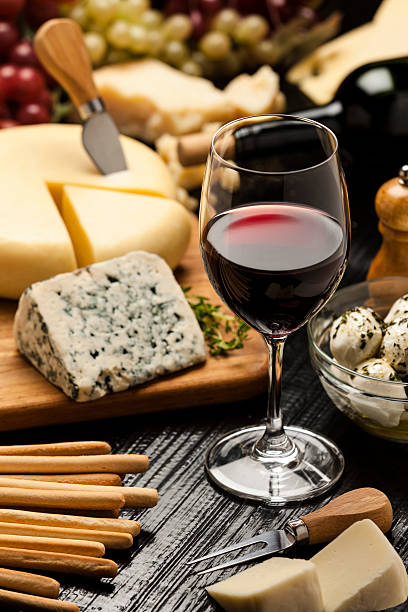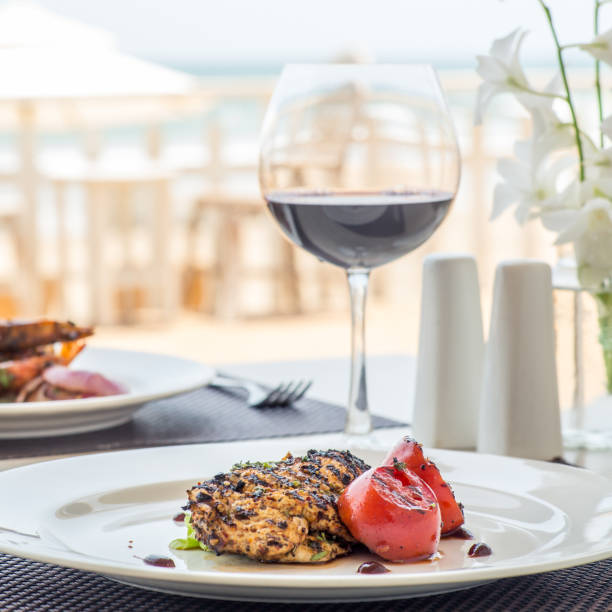Miljenko “Mike” Grgich, an experienced Napa Valley winemaker best known for his 1973 Chateau Montlena Chardonnay, which won the Paris Tasting in 1976, passed away on December 13. He was 100.
Grgich spent his career in the wine industry at several pioneering California wineries. He helped California perfect winemaking techniques such as cold sterilization and controlled malolactic ferment. He spearheaded research at U.C. Professor Carole Meredith of Davis investigated the origins of California Zinfandel and traced it to his homeland, Croatia.
Born in Croatia
Grgich, who was born April 1, 1923, in a small Croatian village, grew up in the family’s winery, where his great-grandfather and grandfather had made wine. Grgich, who hoped to become a winemaker, studied chemistry, soil biology, microbiology, and enology at the University of Zagreb.
Croatia was part of Yugoslavia at the time and was ruled by a communist dictatorship, which turned wineries into state-owned companies. Grgich, who had almost nothing, left in 1954 and traveled through Germany, Canada, and Napa Valley. He began working in the cellars at Souverain Winery with Napa pioneer Leland “Lee” Stewart.
Grgich worked in the cellars at several wineries. He first gained experience at Christian Brothers, then at Beaulieu Winery, where he spent nine years with Andre Tchelistcheff, another Napa pioneer and emigrant. Grgich, eager to climb the wine industry ladder, took the position of chief enologist for Robert Mondavi in 1968. His dream was to have his own winery. Mondavi, however, was a family business.
Grgich was appointed head winemaker at Château Montelena in 1972. He also received a percentage of ownership. In 2004, his Chardonnay won the top award for a while at the Paris Tasting. This brought him and California to the forefront. Grgich wrote in his autobiography that for years, the world thought only French soils produced great wines. “We dispelled that myth.”
Winery Ownership
Grgich took his success and turned it into his winery. He teamed up with Austin Hills of the Hills Bros. Coffee Family to create Grgich Hills Cellar in Rutherford. His Chardonnay received continued acclaim.
Grgich’s winemaking was a blend of art and intuition, done in the Old World style. Grgich explains in his book that “there is no scientific formula to make great wine.” Over the years, I’ve learned how to communicate with wines and nurture them. I realized you can’t just make wine with your mind and senses. “You make wine with your soul.”
Grgich purchased a small resort in Korcula off the coast of Croatia, Adriatic Sea, on his return to Croatia. He bought grapes from the surrounding area to build a winery. In 1999, he joined forces with other California vintners as well as the Roots of Peace organization to raise funds to remove landmines in Croatia.
Controversy, Legacy, and the Legacy of Controversy
Three former employees sued Grgich in 2003. Two sisters who worked at the winery claimed that he sexually abused them between 17 and 19 years old. A bookkeeper also said she was terminated for telling Grgich to stop. Grgich denied these claims. In 2004, the parties settled out of court.
Grinch won the Outstanding Wine Professional award at the 2018 James Beard Awards. The Smithsonian National Museum of American History has displayed a bottle of Grgich’s Chateau Montlena Chardonnay, 1973, as well as one of his trademark berets. His daughter Violet, who manages the winery, and grandson Noel Grgich Shipman are his survivors.
Allegrini was a success story that involved each of the siblings. But, they did not all work together in harmony. Franco and Marilisa both readily admit to having a sometimes tense relationship. In a 2017 Wine Spectator Interview, Franco said: “My sister believes that the most significant part of wine is the business. I believe the most significant part is the vines.” Marilisa was always conscious of the image of her winery and expressed her trust in Franco to do what he loved. “I am able to travel around the world, because I know Franco is taking care of all things at home.”
Marilisa was able to resolve their tensions with Franco in the main. After Franco’s passing, the division of company operations may have been easier with a younger generation playing a greater role.
Marilisa reflected on her time working with her brothers and her announcement of the redistribution. “But I want to work with those who will understand my sacrifices.”
Two New Wine Companies
The Villa della Torre includes 40 acres of vineyards, in addition to its Tuscan estates. Marilisa also owns 25 acres of land in Veneto, the white wine-producing Lugana appellation. “My family company, me and [my daughters] Carlotta or Caterina will have plenty to do,” said Marilisa.
Lon Gallagher of E.&J. Gallo said that “Marilisa, and her family, have been championing Valpolicella for six generations.” We look forward to building on the Allegrini legacy with the next Allegrini generation. We’re also excited to continue the partnership with Marilisa for the prestigious Bolgheri wines produced by Poggio al Tesoro.
Both parties know that they will need to work hard in the future to continue their success. Francesco said, “The legacy that has been passed on to us is an important commitment to face as we recognize the importance of Allegrini’s role in representing Italian wines worldwide and promoting Valpolicella territory to which we have a deep connection.”
Marilisa said, “[It is] the time when the passion and experience of ‘the builder’ will now be revealed.” “Where freedom, autonomy and creative spirit will accompany the new generation to the challenges the world of wines will face.”




